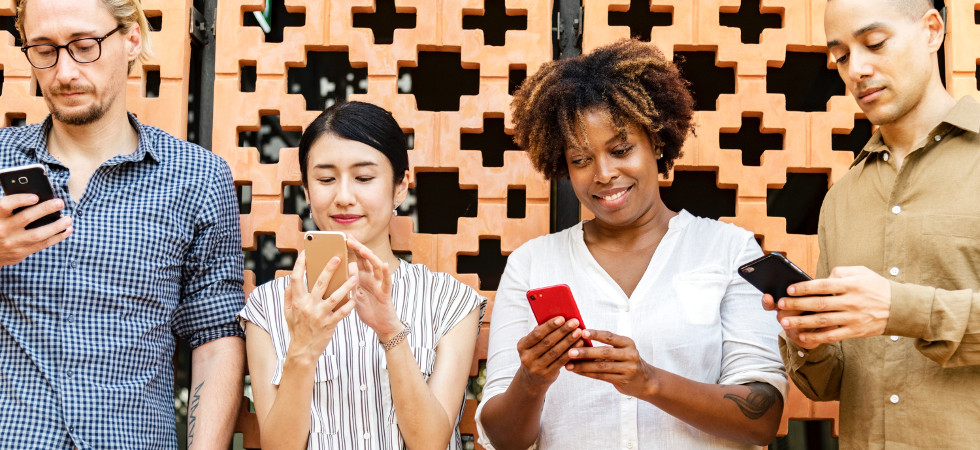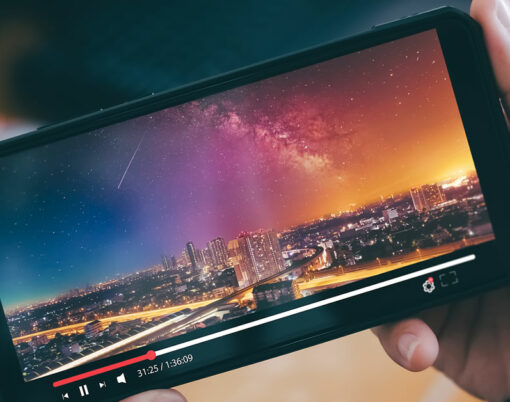When it comes to the smartphone market, Apple and Google are the two main contenders fighting for supremacy.
Apple may sell more iPhones in a week than Google’s own Pixel range shifts in a year. But in terms of global uptake, Android is winning the war against iOS because it’s licensed to so many other manufacturers.
For most people, there are only a handful of factors that will influence whether or not they pick one ecosystem or the other. The availability of cutting edge entertainment experiences ranks high on this list, but how do these platforms stack up?
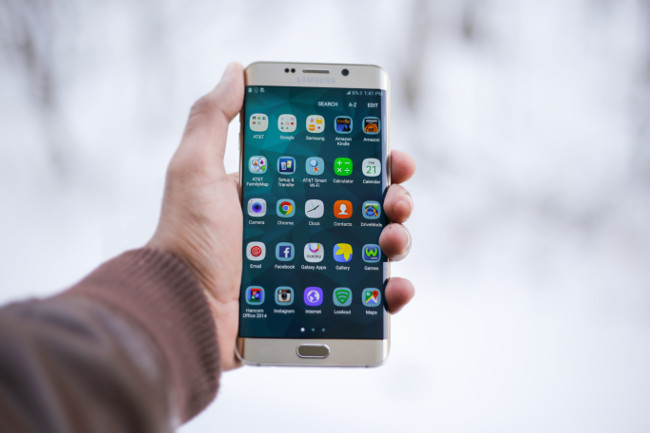
Gaming
The sheer variety and number of games on both Android and iOS is staggering. Whether you’re a fan of brain-teasing puzzle titles, high-tempo shoot-em-ups, retro platformers or anything in between, you’re sure to find something to enjoy on each.
There is also a great deal of crossover, since no self-respecting developer will choose to design their title solely for one platform over the other. The casumo play app, for example, is offered on both Android and iOS, along with other hot modern experiences like PlayerUnknown’s Battlegrounds, Hearthstone and many more.
The main differences come when big-name titles are released at different times across each platform, as well as which devices are actually compatible with them.
Android is far more diverse in terms of the hardware that runs it, but it’s equally likely that older iPhones won’t support new releases because of limitations in terms of CPU and GPU power.
Meanwhile the lag between the launch of Fortnite on iOS and Android has been a bone of contention for some. Apple fans got access to this market-leading multiplayer game months before their Android-owning counterparts, and even the promise of an impending launch is not enough to assuage some annoyed gamers.
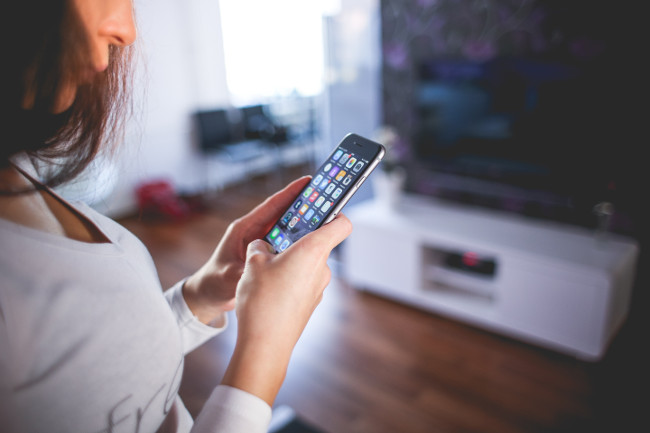
Virtual Reality
VR is the area in which there’s perhaps the biggest gulf between iOS and Android, although the fragmentary nature of Google’s platform does mean that this difference is far from universal.
Google itself is directly supporting VR with its own-brand Daydream View headset, while third party partners like Samsung have been similarly eager to offer kit that can convert a standard smartphone into an immersive, interactive entertainment hub.
Apple, on the other hand, seems more committed to augmented reality (AR), and could even be introducing its own brand of high tech glasses to bring this to a mainstream audience. So far it hasn’t created any iPhone-compatible VR adapter in-house, which means that iOS users will need to look to other manufacturers to deliver this type of experience.
The good news is that there are VR games, apps and headset adapters for the iPhone range. But the fact remains that Android is simply the better platform for this at the moment, while also offering excellent AR capabilities via Google Lens and other impressive software packages.
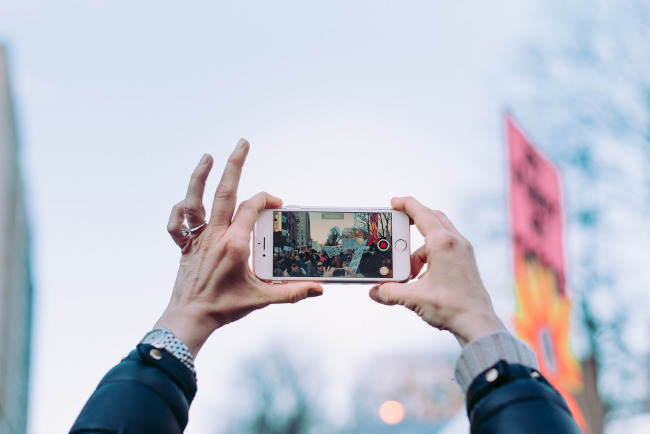
Video & Audio Quality
With all these bite-sized entertainment opportunities available on iOS and Android alike, you might forget to check whether you’ll actually be able to get the full benefits of what’s on offer depending on the hardware of the handsets themselves.
In terms of visual fidelity, there is a closely fought battle between flagship models like the iPhone X and the Google Pixel 2 XL.
Apple’s current top tier handset finally made the leap to OLED display tech, which means that the colours are richer and the contrast ratios are more distinct than ever. And with a 5.8 inch diagonal measurement, the screen is also at the upper end of the market in terms of its sheer size.
The resolution is also solid, sitting at 2436×1125 and packing a total of 456 pixels per square inch. The main downside is that the iPhone X has a notch at the top, which has kicked off a trend and annoyed some users as it cuts into the display a little and can look odd during media playback and gaming.
The Pixel 2 XL also has an OLED display, with a 2880×1440 resolution delivering a higher 538ppi density. This means that on paper it should offer crisper visuals than the iPhone X, even if in reality no human will be able to tell the difference.
Google’s flagship is larger than the iPhone, with a 6 inch screen and no potentially controversial notch. It does lack the finesse of Apple’s device in terms of design, but might win out on pure technical terms.
Audio playback is solid on both phones, with the Pixel 2 XL perhaps edging a victory as its stereo speakers both face the user directly, rather than one being mounted on the base as is the case with the iPhone X.
Ultimately as long as you choose the handset carefully and install the best apps, you should be entertained for endless hours by either iOS or Android.












